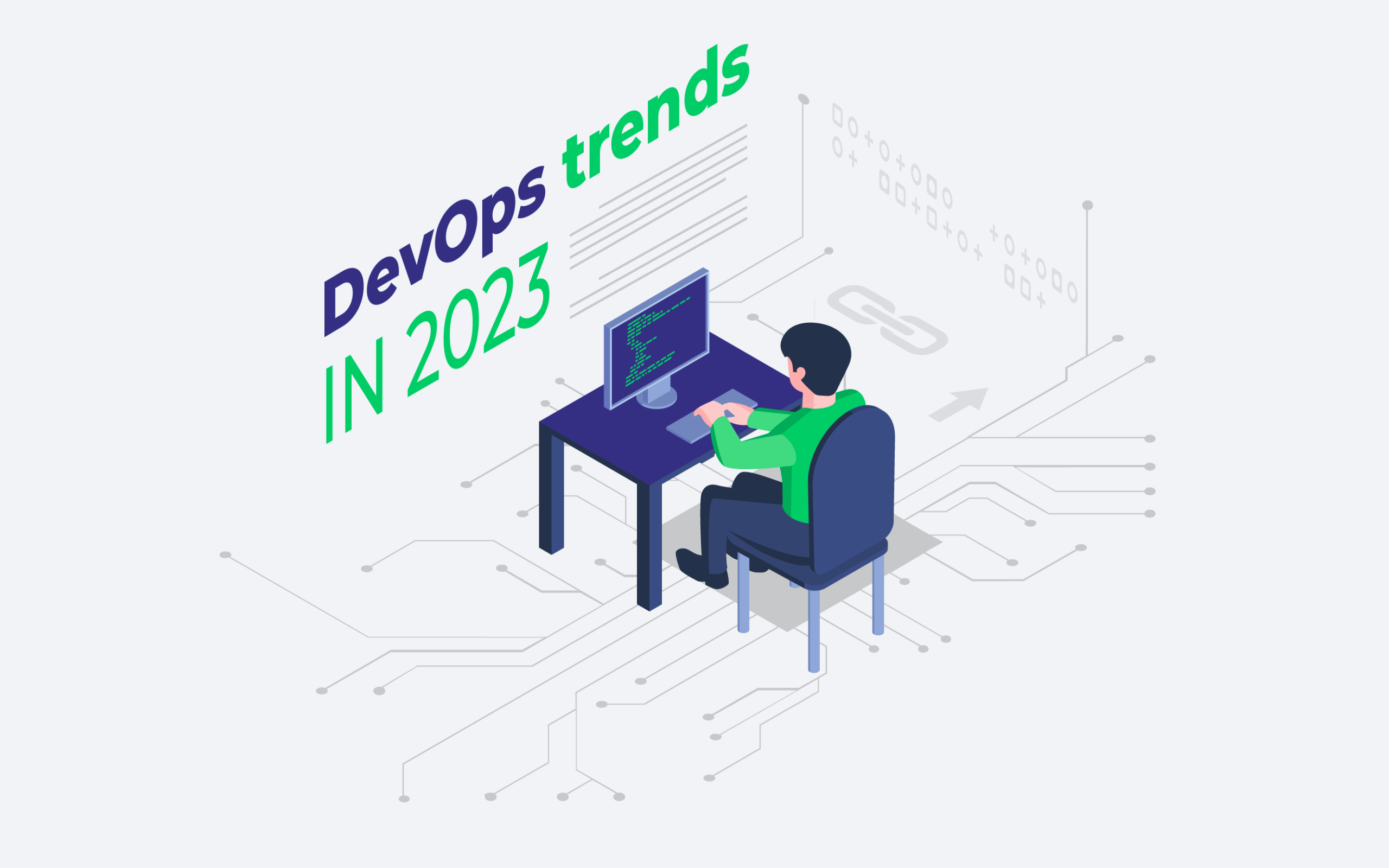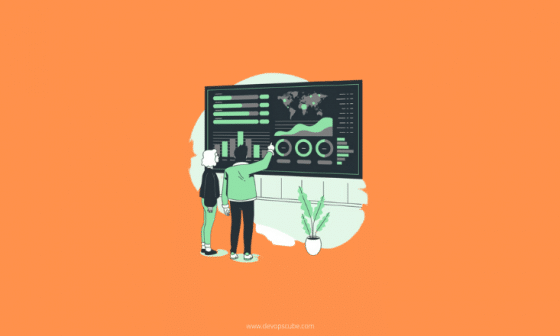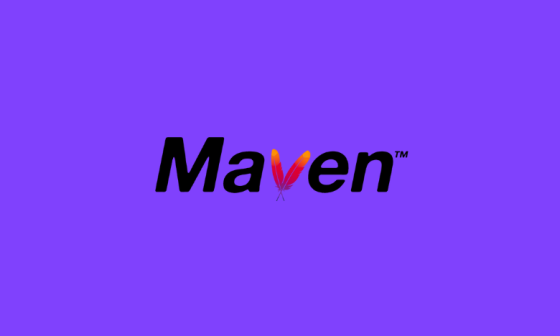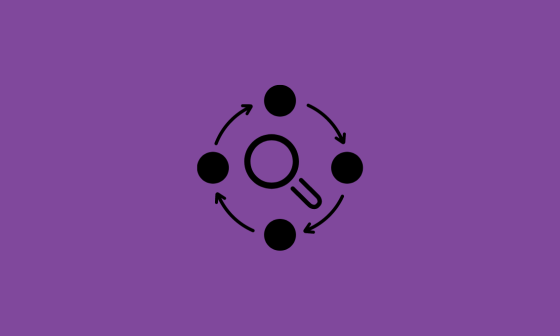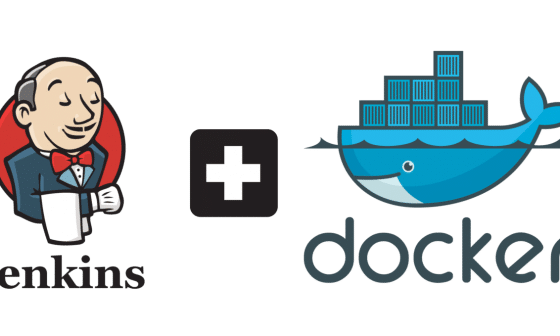In 2023, DevOps is set to undergo another transformation, with new tools and techniques to help organizations stay ahead of the curve.
For businesses looking to develop their apps, staying up-to-date with the latest trends is critical to ensure success in the highly competitive digital marketplace.
In this article, we’ll explore five DevOps trends that organizations should consider when developing their apps in 2023, and how you can leverage them to achieve your goals.
1. Increased use of AI and ML
The use of AI and ML in DevOps will continue to grow in 2023, particularly in automated testing, continuous deployment, and monitoring. DevOps teams can leverage these technologies to optimize and automate workflows, improving software development efficiency. With AI-powered testing tools, issues can be identified and addressed in real time, reducing the need for manual testing:
- ML algorithms can analyze code changes, predict conflicts, and provide recommendations for improved code quality.
- AI-powered deployment tools can identify and prevent deployment failures before they occur.
- Additionally, ML algorithms can monitor application performance, detect anomalies, and improve the user experience
These technologies will transform DevOps teams’ operations, reduce manual effort, and improve software quality. As DevOps practices continue to grow, we expect to see wider adoption of AI-powered tools in the coming years.
2. Expansion of DevSecOps
As cyber threats evolve, organizations increasingly prioritize security and compliance. DevSecOps is well-suited to meet these demands, as it provides a comprehensive and automated security approach that can help detect and remediate vulnerabilities early in development.
In 2023, DevSecOps is expected to continue to grow in popularity as more organizations recognize the importance of integrating security into their development processes.
DevSecOps will likely become increasingly integrated with other emerging technologies, such as ML and AI, to enhance security and automation capabilities further. As a result, developers that adopt DevSecOps can expect to improve their security posture while also increasing the efficiency and agility of their software development and delivery pipelines.
3. Cloud-native Technologies
Cloud-native technologies have revolutionized the way in which applications are developed, deployed, and scaled. Kubernetes, Docker, and serverless computing are the most popular technologies driving this trend. These technologies enable DevOps teams to build and deploy applications with greater speed, efficiency, and agility.
- Kubernetes is an open-source container orchestration platform that enables DevOps teams to deploy, manage, and scale containerized applications. It provides a flexible and scalable platform for managing complex distributed systems. With Kubernetes, DevOps teams can deploy applications faster and more consistently across different environments, including public, private, and hybrid clouds.
- Docker, on the other hand, is a containerization platform that enables developers to package applications and their dependencies into lightweight, portable containers. Docker containers can run on any platform that supports Docker, making it easier for DevOps teams to build and deploy applications across different environments. Docker also enables faster and more efficient development by providing developers with a consistent and reproducible environment for building and testing their applications.
- Serverless computing is another cloud-native technology that is gaining prominence. It enables developers to build and run applications without having to worry about managing servers or infrastructure. Serverless computing platforms, such as AWS Lambda and Azure Functions, allow developers to focus on writing code, rather than managing infrastructure. This enables faster development and deployment of applications and more efficient use of resources.
In 2023, DevOps teams expect to see increased adoption of these cloud-native technologies. Kubernetes, Docker, and serverless computing will continue to gain prominence as they enable faster and more efficient application development, deployment, and scaling.
As organizations increasingly look to modernize their IT infrastructure and adopt cloud-native architectures, these technologies will play an important role in helping them achieve their goals.
4. DevOps as a Service
DevOps as a Service (DaaS) is a new trend where third-party providers offer DevOps services to organizations. DaaS allows companies to outsource the management of their DevOps infrastructure and processes, reducing the operational burden on their internal teams. This emerging trend is gaining momentum, and more organizations are considering DaaS as a viable option.
DevOps has become a crucial part of software development, and organizations are investing heavily in building DevOps teams and infrastructure. However, managing DevOps infrastructure and processes can be a huge task, especially for organizations that do not have the necessary expertise or resources.
DaaS provides a solution to this problem by offering expert DevOps services to organizations that want to outsource their DevOps management. DaaS providers offer various services, including Сontinuous Integration and Delivery (CI/CD), GitHub Actions, cloud infrastructure management, containerization, monitoring, and security.
DaaS offers several benefits to organizations:
- Reduced operational costs
- Increased efficiency
- Improved scalability
- Flexibility
Outsourcing their DevOps management allows organizations to focus on their core business activities and leave the operational tasks to the experts.
In 2023, more organizations will consider DaaS as a way to reduce their DevOps operational burden. DaaS providers will continue to evolve and offer more specialized services to meet the unique needs of different organizations. As this trend continues to gain momentum, organizations will have more options, enabling them to find the right DaaS provider that meets their needs and budget.
5. Increased focus on observability
In the ever-changing landscape of app development, DevOps teams are constantly looking for ways to optimize workflows and improve the quality of their applications. One key area of focus is observability, which refers to the ability to measure and monitor the performance and behavior of applications in real time.
In 2023, DevOps teams will place an even greater emphasis on observability, recognizing that it is crucial to ensuring the reliability and stability of their applications. They will leverage technologies such as distributed tracing and log analysis to gain deeper insights into application performance and proactively detect and address issues before they impact end users.
Distributed tracing enables DevOps teams to trace a request as it travels through a distributed system, providing visibility into the path it takes and the various components it interacts with along the way. This can help teams identify bottlenecks and other issues impacting performance.
Log analysis, on the other hand, involves analyzing log data to identify patterns and anomalies that might indicate issues with the application. This can help teams to pinpoint the root cause of problems and make targeted improvements to the application.
By focusing on observability, DevOps teams can ensure that their applications perform optimally and deliver value to end-users. It enables them to detect and address issues quickly, improving the user experience and avoiding costly downtime.

